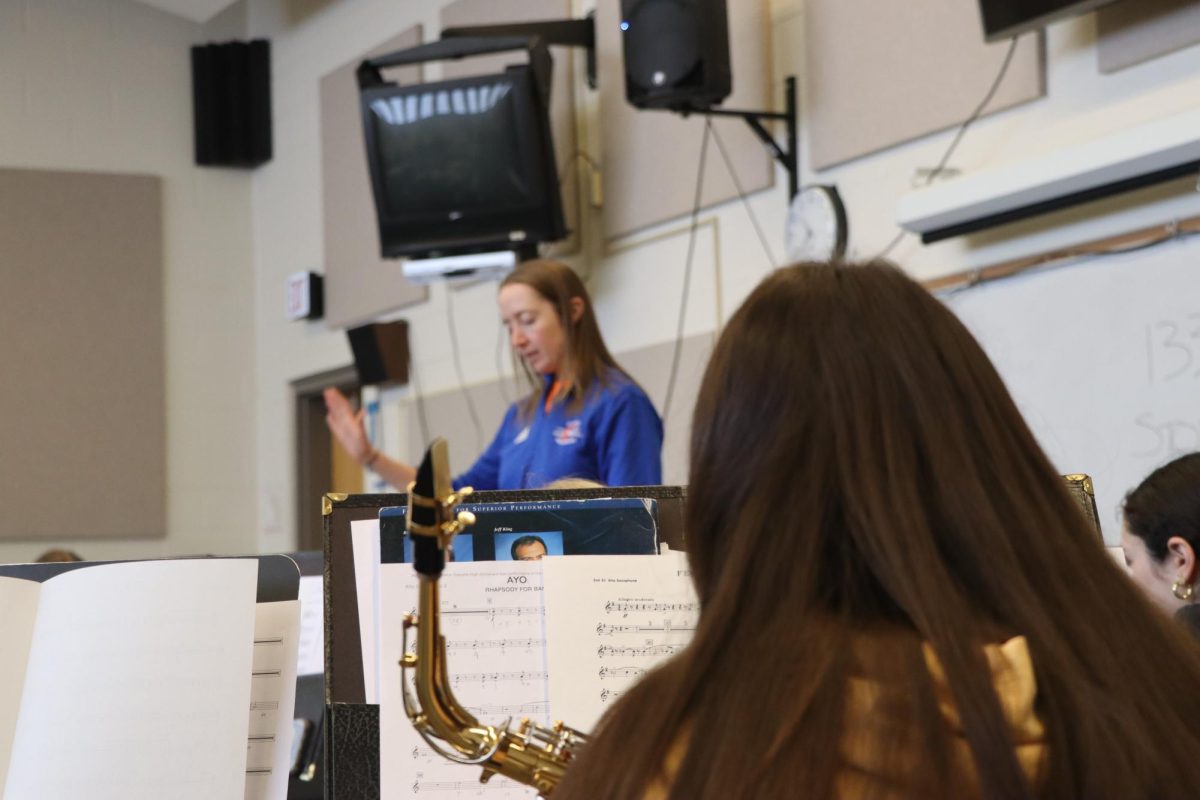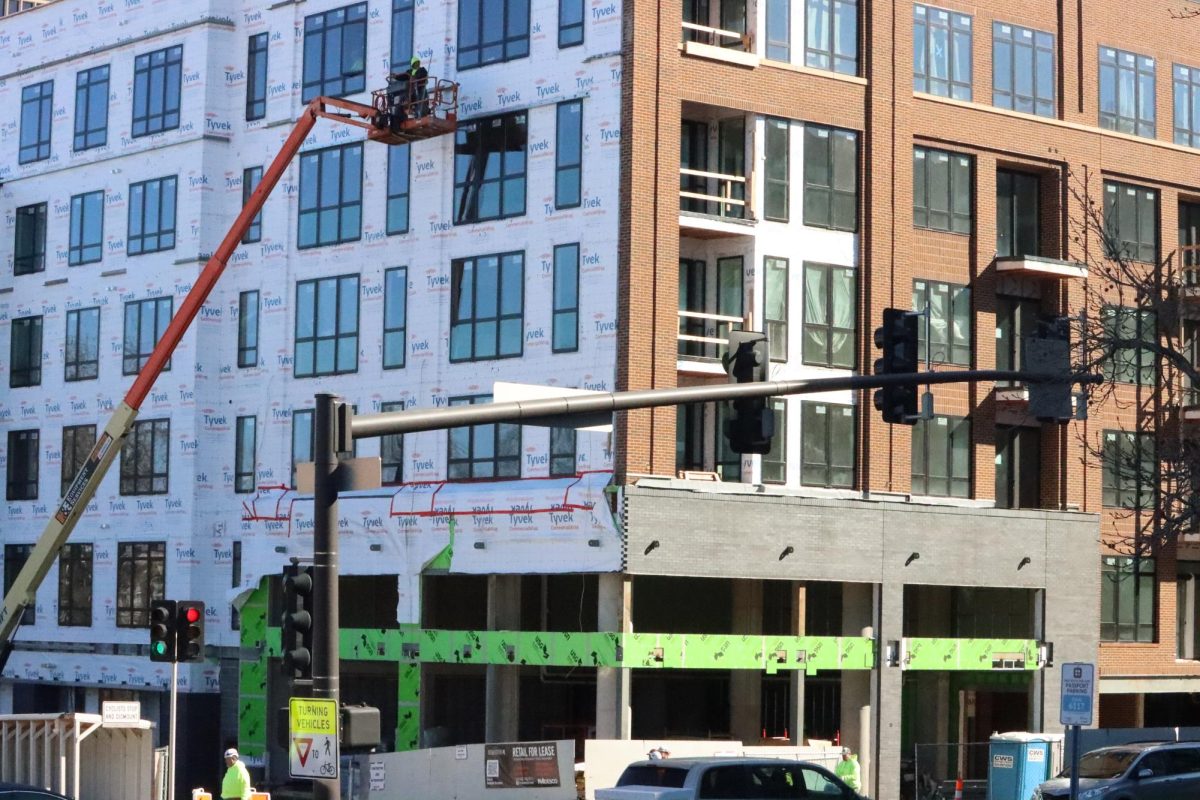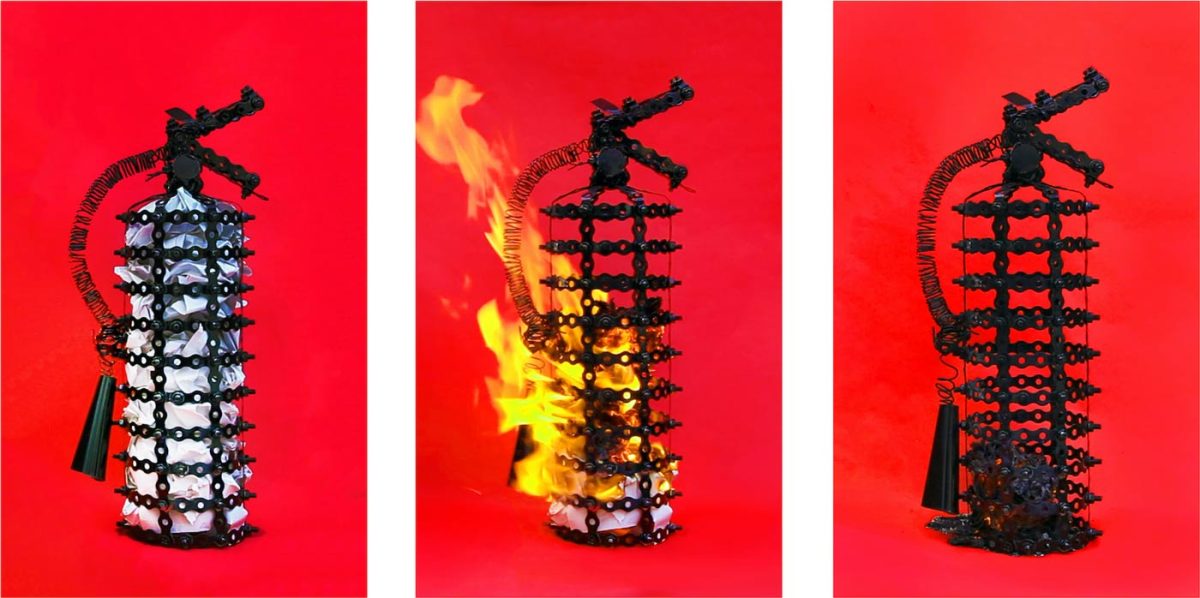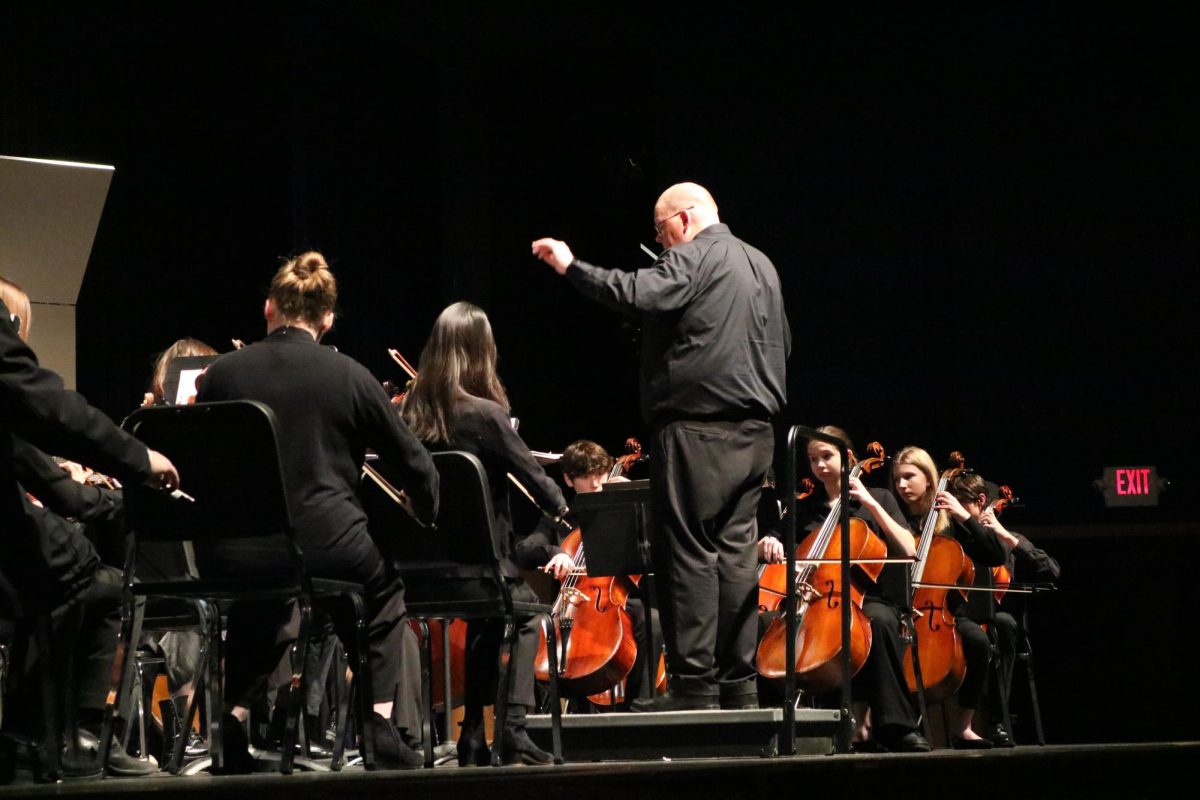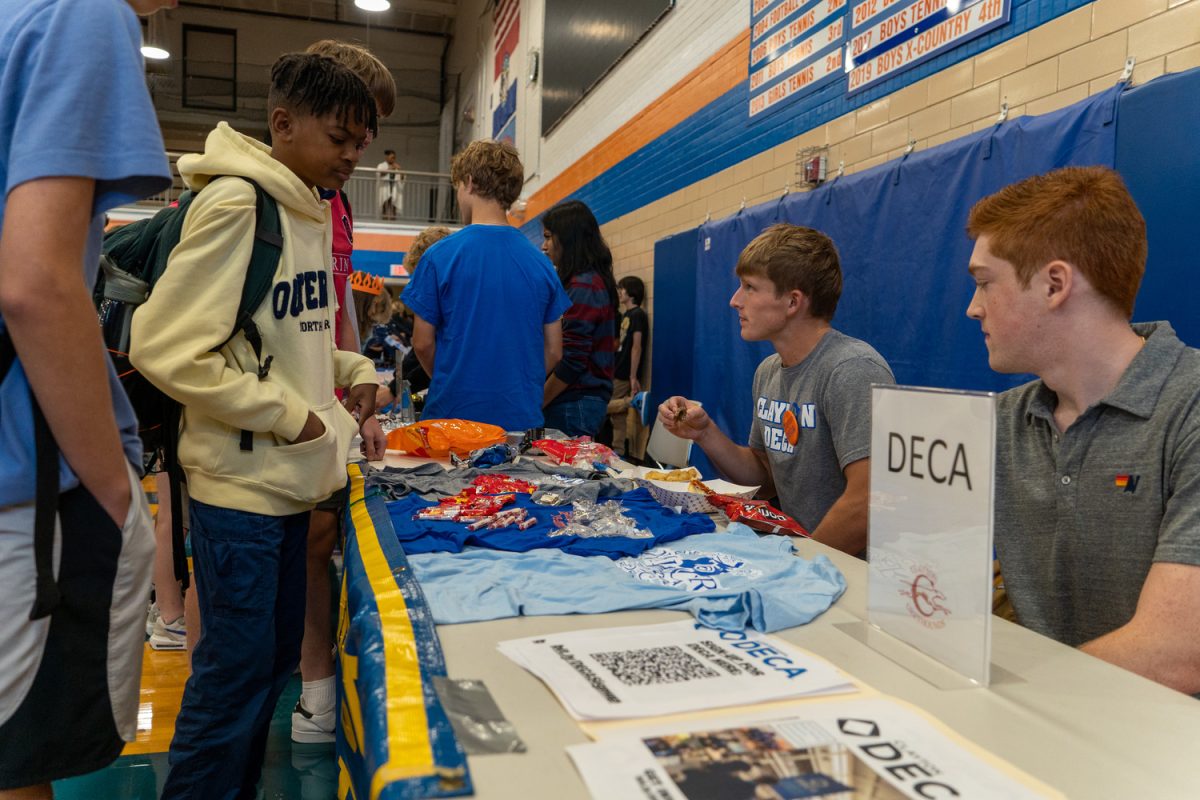Among the uniform rows of white tents aligning the streets of downtown Clayton, there lies a shipping crate. At first glance, the crate is simply a confinement offering shelter to a dozen paintings portraying stuffed toy animals. But Joachim Knill has something much more to say.
The name  of the exhibit is cleverly titled “National Treasureâ€. It is a shipping crate containing treasures from Anilife, a place inhabited by stuffed toy animals.
“The room has been forcefully taken in a regional dispute, acquired by a kingdom, seized in a revolution, captured by a military authority, and now dropped onto the streets of cities to be shared, viewed, and consumed by humans unfamiliar with this foreign cultural artifact,†said creator Joachim Knill.
But behind this playful story, there lies a message. “Cultural artifacts get taken out of countries and sold off in pieces,†said Knill. “People end up with things from these cultures and they don’t even know where they’re from. Cultures become objectified and turned into commodities, divorced from their original context and valued for their parts regardless of origin, history, or cultural value.â€
So how does stuff toy animals aid the communication of this message? “I thought of stuff toy animals because it’s something we all relate to,†said Knill. “We relate to them personally but also objectively, which is how we often relate to other cultures—seeing them as something different from us.â€
However with the subject of the paintings set aside, viewers may find that there is something hauntingly familiar about the paintings. “The stuff toy animals are all in European settings,†said Knill. “Since stuff toy animals are not real, the paintings enable us to view our own culture, Western culture, as if it were something foreign.â€
As the individual paintings get scattered through the process of getting sold, the process becomes actualized. “Individual pieces find homes in new, unrelated settings and, in time, their origins are ultimately forgotten,†said Knill. “Art is removed from one culture and taken into another. This assimilation is the culture that emerges.â€


